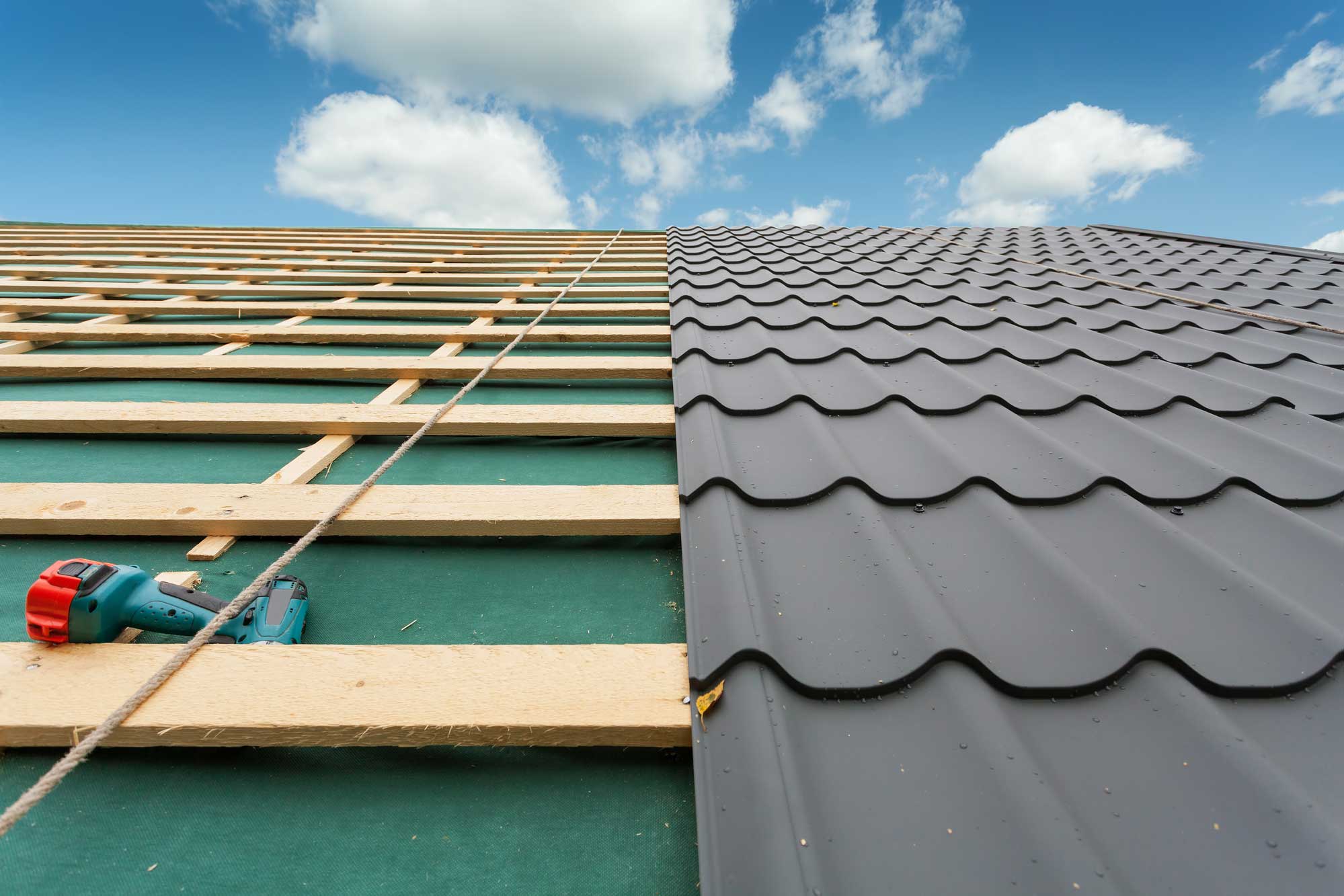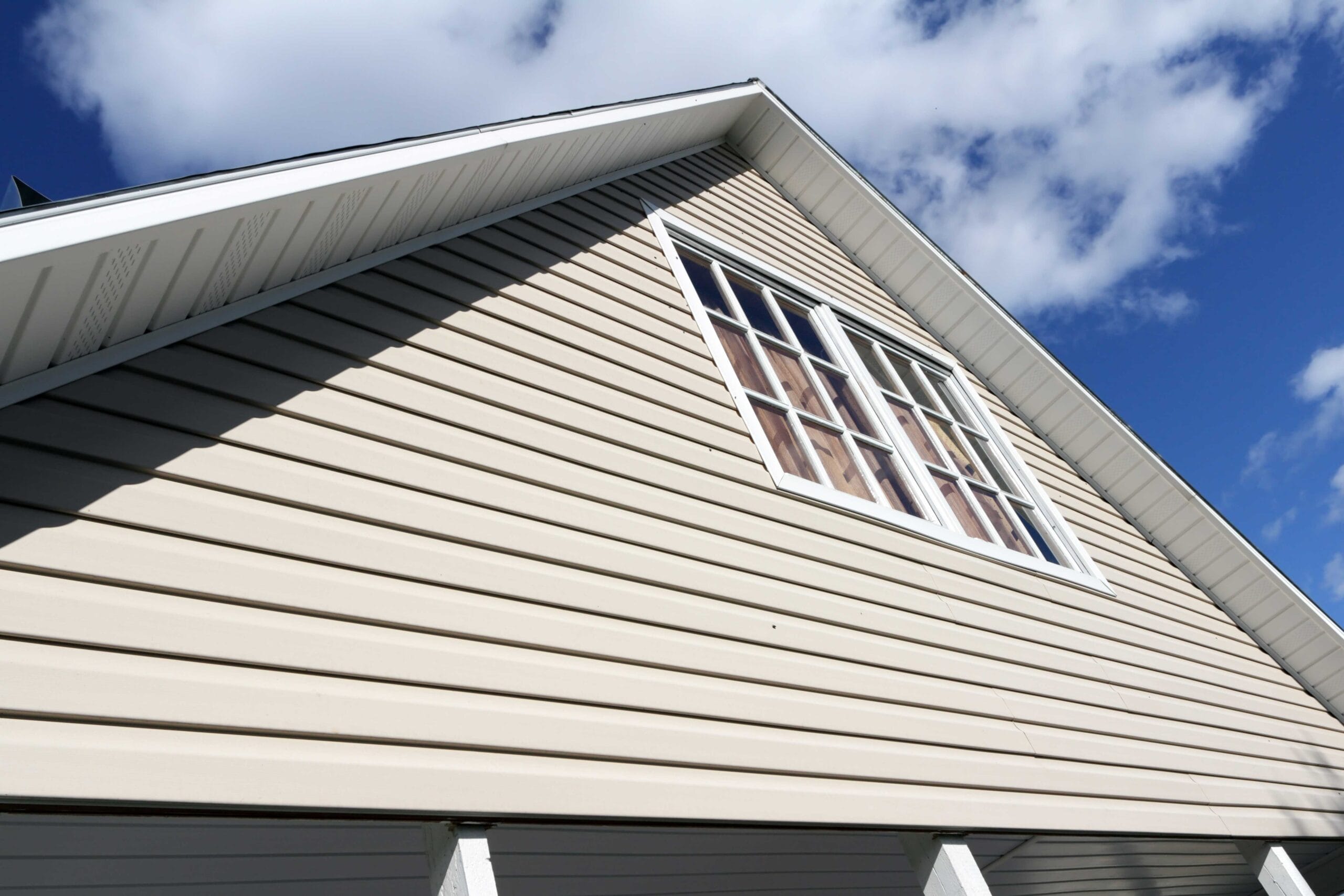Are you considering a roof replacement? Replacing your roof can be daunting, but it doesn’t have to be difficult with the right preparation and assistance. With the proper preparation and professional help, your roof replacement can go smoothly and provide many benefits for years. This blog post will explore the advantages of replacing your roof and its associated costs. After exploring the advantages and costs of roof replacement, we’ll examine different materials to help you make a wise choice for your home. Finally, we will look at preparing correctly before beginning any work on your new roofing system.
Hiring A Professional Roofer
Hiring a professional roofer for your project is an important decision. Not only will it ensure the job is done right, but it can also save you time and money in the long run. Professional roofers are adept at utilizing various materials, tools, and techniques to expedite the job while adhering to local building regulations. Professionals are well-versed in the local rules and regulations, guaranteeing that your roofing project meets all necessary standards.
When choosing a professional roofer, look for one with years of experience in the industry and good references from past customers. Ask questions about their qualifications and certifications to ensure they’re up-to-date on best practices for roofing projects. It’s also wise to ask about warranties or guarantees any potential contractors offer before making a final decision.
When choosing a professional roofer, look for one with years of experience in the industry and good references from past customers. Ask questions about their qualifications and certifications to ensure they’re up-to-date on best practices for roofing projects. It’s also wise to ask about warranties or guarantees any potential contractors offer before making a final decision.
Safety is another crucial factor when hiring a professional roofer; follow safety protocols while working on the job site, such as wearing protective gear like hard hats or goggles when necessary or using ladders safely during installation. A reputable company will cover liability insurance if something goes wrong during construction work. Be sure this information is provided upfront before signing any contracts or agreements with them.
Maintaining open dialogue throughout the process is essential to ensure that any alterations are discussed and agreed upon before implementation. Suppose there are any changes made along the way due to unforeseen circumstances. In that case, both parties must decide beforehand so everyone knows what is expected from start to finish without any confusion later.
Hiring a professional roofer ensures that your roof replacement is done safely and correctly, saving you time and money in the long run. Many homeowners are deciding to go for a complete roof replacement rather than just fixing existing issues due to its potential advantages. Now let’s look at some benefits of replacing your entire roof.
Benefits Of Roof Replacement
Undertaking a roof change can be intimidating, yet it frequently pays off in the long run. Roof replacement has numerous benefits before deciding about your home’s roofing needs.
The first benefit of replacing your roof is improved energy efficiency. Newer roofs are designed to better insulate and protect against heat from outside air into your home. Better insulation can result in lower heating and cooling bills and greater comfort for those living inside the house. Moreover, new roofs may be accompanied by guarantees that offer coverage for any harm caused by intense climate conditions or other unforeseen events which could impact the stability of the building in the long run.
Upgrading to a newer roof can bring about many perks, such as adding some extra sparkle to your property’s curb appeal and boosting its value if you decide to put it on the market. Plus, investing in modern materials will help keep your family safe from any potential hazards due to deteriorating older components that may have gone unnoticed. So don’t delay – get ahead of the game and replace your roof today.
Finally, installing a new roof can save you money in maintenance costs over time since they require less frequent repairs than older models. A new roof means fewer trips up on ladders each year trying to fix things yourself. Additionally, many contractors offer special discounts when multiple services are requested together (such as installation plus gutter cleaning). Always ask about these deals before committing one way or another – especially if budget constraints are an issue for you.
Replacing your roof can provide many benefits, such as improved energy efficiency and increased home value. Now let’s look at the cost of replacing your roof to determine if it is right for you.
Cost Of Roof Replacement
The expense of a roof replacement is contingent on multiple elements, such as the size and kind of roofing material used. Asphalt shingles, a popular roofing material, typically cost between $2.50 and $4 per square foot when installed. Metal roofs can be more expensive than asphalt shingles, ranging from around $7 to $15 per square foot installed, depending on the type of metal used. If you have an existing roof that needs to be replaced due to damage or age, it may cost more because additional labor is required to remove and dispose of old materials before installing new ones.
The cost of a roof swap is contingent on the material and magnitude of your rooftop and what materials are utilized. Hence, when opting for a roof replacement, it is essential to consider the various elements influencing the cost. Now let’s look at some common roofing materials that can be used for a successful and durable roof replacement project.
Types Of Roofing Materials
Replacing a roof requires choosing from among several available materials. It’s essential to consider the climate and environment in your area when selecting a material. Here is an overview of some common roofing materials:
Asphalt Shingles:
A cost-effective and long-lasting option, asphalt shingles are the most widely used roof material for residential homes due to their customizable colors and styles. They come in various colors and styles, making them ideal for homeowners who want to customize their roof’s appearance. Asphalt shingles also provide excellent fire protection, making them great for safeguarding your home from heat-induced blazes.
Metal Roofing:
Metal roofs offer superior protection against extreme weather conditions like hail storms or high winds and added energy efficiency benefits due to their reflective nature. This type of roof is also lightweight yet strong enough to last up to 50 years with proper maintenance and care. The downside is that metal roofs are more expensive than other options, such as asphalt shingle roofs.
Tile Roofs:
Tile roofs provide excellent insulation value while giving your home a unique look compared to traditional asphalt shingle designs. They are highly durable, too; many tile roofs can last up to 100 years with minimal upkeep required over time. However, this type of roof requires professional installation, making it pricier than other materials on the market today.
Wood Shakes & Shingles:
Wood shakes & shingles offer classic beauty combined with natural insulation capabilities, making them an attractive option for homeowners looking for something different from standard asphalt-style designs without sacrificing energy efficiency benefits associated with metal or tile options. The downside? These require frequent maintenance, such as staining every few years depending on exposure levels, to keep them looking good – plus, wood isn’t very fire resistant either.
Slate Roofs:
Slate tiles have been used since ancient times thanks to their longevity and beautiful appearance – not surprising given how long slate has been around. Slate offers superior protection from water damage because each piece acts like a shield against moisture penetration into the underlying structure below (unlike single-layer systems). Unfortunately, this type of material is quite heavy, so extra reinforcement may be needed before installation begins – adding additional costs to the project overall.
Hiring experienced professionals familiar with properly installing roofing materials is vital to achieving optimal results. Doing so will ensure optimal performance throughout its lifetime.
Choosing the suitable roofing material for your home requires careful consideration of various factors. After grasping the different roofing materials, it’s time to begin prepping for a new roof.
Preparing For Your Roof Replacement
Before embarking on a roof replacement, specific procedures should be followed for optimal results.
First, it’s essential to research the best type of material for your roof. The most popular materials used in residential roofs are asphalt shingles, metal panels, tile, or slate. It’s critical to weigh all elements before settling on a choice, for example, cost, toughness, and energy proficiency.
Ensure you employ a certified and insured roofing specialist with proven experience in your locality; investigate their reviews online and get references from prior customers before entering any agreements. Ask for references from previous customers and check their reviews online before signing any contracts or agreements. You want someone who will do quality work at a reasonable price while meeting all safety standards set by local authorities.
Before beginning the installation process, it is essential to prep your home accordingly by taking any necessary precautions. Move furniture and other items away from the exterior house walls where ladders may be needed during construction activities on the rooftop section of your home. Ensure all windows are firmly shut as dust particles can enter through open windows, causing potential indoor air quality issues if not properly sealed off beforehand.
You’ll also need to have permits ready if required by local building codes, depending on what kind of changes you’re making (i.e., adding skylights). Finally, consider setting up temporary power sources like extension cords running from inside outlets outdoors so contractors can easily access electricity without having too many long wires strung across walkways, etc.
In conclusion, taking these necessary steps before beginning a roof replacement project will help ensure that everything goes smoothly throughout the process, resulting in a beautiful new rooftop.
FAQs In Relation To Roof Replacement
What is the importance of replacing a roof?
Replacing a roof is essential in preserving the security and worth of your residence over time. A well-maintained roof protects your family from the elements, keeps energy costs low, prevents water damage to walls and ceilings, and increases your home’s curb appeal. Roofs can quickly deteriorate without proper maintenance or replacement when needed, leading to costly repairs or even complete replacement. It’s best to consult a professional contractor for advice on how often you should inspect and replace parts of your roof to remain secure for years.
How often should a roof be replaced?
The expected duration of a roof is contingent on the material utilized, how it was put in place, and weather circumstances in the region. Generally, asphalt shingle roofs should be replaced every 20-30 years, while metal roofs may last up to 50 years or more. Other materials can vary in longevity; consulting with a professional contractor for an accurate assessment and estimate is essential. Regular inspections are also recommended to ensure that any necessary repairs are made before significant damage occurs, which could shorten the life expectancy of your roof.
How disruptive is replacing a roof?
Replacing a roof can be disruptive, depending on the project’s magnitude and how it is conducted. It will involve removing existing shingles, disposing of them in an environmentally friendly way, installing new materials such as underlayment and flashing, then finally laying down the new shingles. This process could cause noise disruption to neighbors or people living nearby for several days while work is being done. Before starting work, the contractor should provide information about any potential trouble so that homeowners are prepared for what lies ahead.
What Should You Know Before replacing your roof?
Before replacing your roof, evaluate the age of its shingles and flashing, inspect for water damage, such as discoloration on walls or ceilings, and obtain multiple estimates from experienced contractors. Check walls and ceilings for signs of water damage, like discoloration, which could point to a leaking roof. It is also wise to obtain multiple estimates from reputable contractors who are experienced in local building codes and have good references. Lastly, research materials are available so you can decide when selecting new products for your project.
Conclusion
Replacing your roof can be a challenging endeavor, but it is essential to protect the value and condition of your home; therefore, engaging a professional roofer will ensure quality materials and craftsmanship while keeping costs low. Hiring a professional roofer to complete the job will ensure that you get quality materials and workmanship while keeping costs down. It’s important to research different types of roofing materials and understand their benefits and associated costs before deciding to replace or repair your roof. To ensure a successful investment in protecting your home, adequate preparation for this project is essential.
Let Designer Roofing & Restoration help you replace your roof with our experienced and professional team. Our solutions are tailored to fit the needs of each individual project, ensuring a successful result every time.





